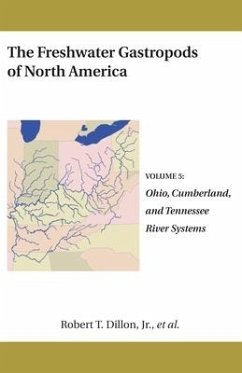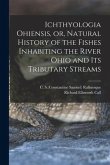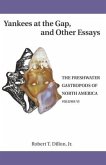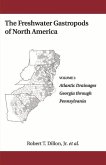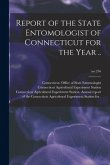The FWGNA Project is a long term, collaborative effort to inventory and monograph the entire freshwater gastropod fauna of the continental United States and Canada. In Volume 1 of this series, we documented the distribution and abundance of 69 species inhabiting Atlantic drainages from Georgia to the New York line. Here in Volume 5 we expand our survey into the rivers, lakes, ponds, and streams of the Ohio drainage, together with its primary tributaries the Cumberland and the Tennessee. Our database of 9,370 records, sampled from approximately 4,250 distinct sites, was drawn from museums (24%), state natural resource agencies (34%) and personal collections. We document 80 species and 19 subspecies of freshwater gastropods in this malacologically rich region. For each we provide a dichotomous key, full color figures, range maps, ecological notes, and systematic and taxonomic updates to modern standards. Our complete FWGNA database, updating records from Atlantic drainages and combining with our fresh data from the Interior, now contains 22,044 records documenting 107 species of freshwater gastropods, with 21 subspecies. Here we offer a new continent-scale biogeographic analysis, dividing records into North Atlantic, South Atlantic, Ohio, and Tennessee/Cumberland subsets. Our analysis suggests that natural selection has been more important in the evolution of freshwater pulmonate snails than gene flow restriction, but that gene flow restriction has been more important in the evolution of freshwater prosobranch snails than natural selection. In Volume 1 we pioneered a new method to rank freshwater gastropods by incidence categories for the purposes of conservation, based on the work of K. J. Gaston. Here in Volume 5 we update that system to include all 107 species across all regions, re-assigning incidence ranks as necessary. Three new species of cave-dwelling hydrobioid snails: Fontigens hershleri, F. benfieldi, and F. davisi, are described in the appendix.
Hinweis: Dieser Artikel kann nur an eine deutsche Lieferadresse ausgeliefert werden.
Hinweis: Dieser Artikel kann nur an eine deutsche Lieferadresse ausgeliefert werden.
